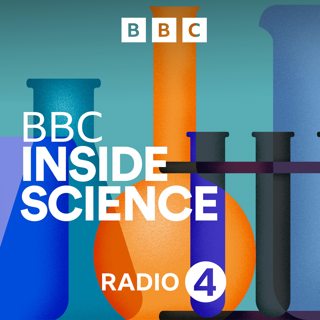
Lovelock at 100; Hydrothermal vents and antibiotic resistance in the environment
Om avsnittet
James Lovelock is one of the most influential thinkers on the environment of the last half century. His grand theory of planet Earth - Gaia, which is the idea that from the bottom of the Earth's crust to the upper reaches of the atmosphere, Earth is one giant inter-connected and self-regulating system, has had an impact way beyond the world of science. As Lovelock celebrates his hundredth birthday (he was born on 26th July 1919) he is still writing books and thinking about science. Science writer Gaia Vince spoke to him about his work and how he came to his famous but controversial theory. Most hydrothermal vents are in deep water far from land, making them incredibly inaccessible to divers. But in a fjord known locally as Eyjafjörður, off the coast of Iceland, is the hydrothermal vent Strytan. It's close enough that it can be accessed by scuba divers, and the algae and animals living in the hot chemical-laden plumes can be sampled. Geoff Marsh heads out with a team of scientists from the Natural History Museum in London and the University of Southampton to collect creatures living both in the hot vent water and in the icy cold fjord. The idea is to sample the genes to see what adaptations to temperature are evolving.We are hearing more and more about antibiotic resistance. Overuse of antibiotics has led to more and more bacteria evolving and adapting ways to survive antimicrobial treatments. But did you know that the genes coding for this resistance can also float freely in water and on surfaces in the environment? A couple of recent studies have been sampling freshwater bodies and commonly touched surfaces (like handrails and toilet seats) in and around London and the amount of antibiotic resistance genes (either freely floating or in bacteria) is quite alarming. Environmental engineer at UCL, Professor Lena Ciric, explains to Marnie Chesterton what this means and whether we should be concerned.Producer: Fiona Roberts